
The 1950s were a decade of social tension, especially for Black women, who had to live in a world that wasn’t always kind or welcoming. But these women were no strangers to defying the odds. They broke barriers and proved that resilience is a way of life. So, let’s look at the 20 struggles, triumphs, and unforgettable moments that defined their journey.
Racial Segregation

In the 1950s, racial segregation was a powerful system that kept Black women separated from white women in nearly every aspect of life. This state-sponsored inequality limited opportunities and reinforced social stratification, isolating Black communities.
Employment Discrimination

Black women often found themselves limited to low-wage, menial jobs in the ’50s, like domestic work. Despite their qualifications, opportunities in education, medicine, and law were denied. Hence, it reinforced the notion that Black women were less deserving of professional success.
Educational Inequality

Schools for Black children in the ’50s were grossly underfunded compared to those for white children. As a result, Black women had limited access to quality education. The disparities between the two systems reflected a broader societal refusal to provide equal opportunities for Black Americans.
Political Disenfranchisement

Despite the passing of the 15th Amendment, Black women in the 1950s faced significant barriers at the polls. Voter literacy tests and intimidation tactics were all used to suppress the Black vote, specifically in Southern states.
Housing Discrimination

The ’50s saw the proliferation of redlining, a discriminatory practice that denied Black families access to housing in certain neighborhoods. Real estate agents and banks openly refused to sell homes to Black families in white areas, leading to overcrowded conditions in Black neighborhoods.
Limited Access To Healthcare

Black women had significantly limited access to healthcare in the ’50s. Hospitals were segregated, and many medical professionals refused to treat Black patients. This lack of access contributed to health disparities, including higher maternal and infant mortality rates.
Social Stereotyping
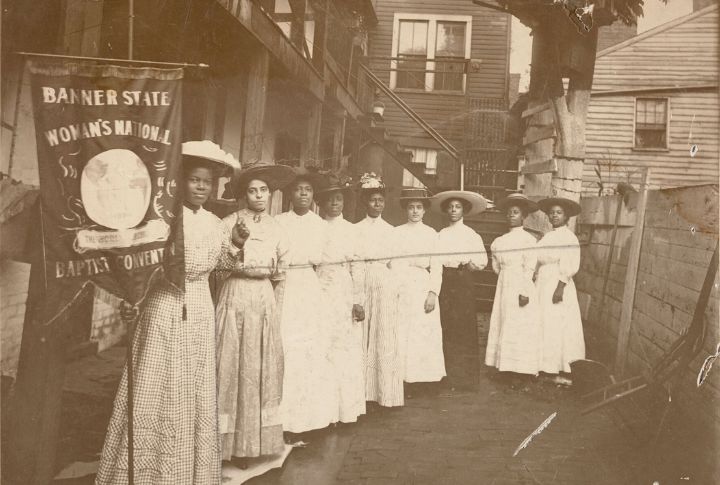
The portrayal of Black women as “mammy” figures was widespread in the 1950s and deeply rooted in historical stereotypes dating back to slavery and the Jim Crow era. This caricature depicted Black women as loyal, nurturing, and self-sacrificing caretakers who existed primarily to serve white families.
Legal System Bias
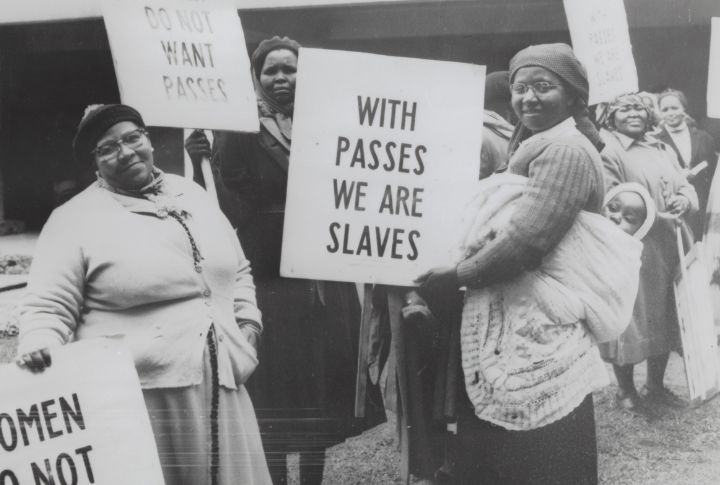
The legal system in the 1950s heavily favored white Americans, often overlooking or outright ignoring crimes against Black women. Whether it was issues of assault or property rights, Black women found little recourse in the legal system, which was structured to maintain racial power dynamics.
Economic Exploitation
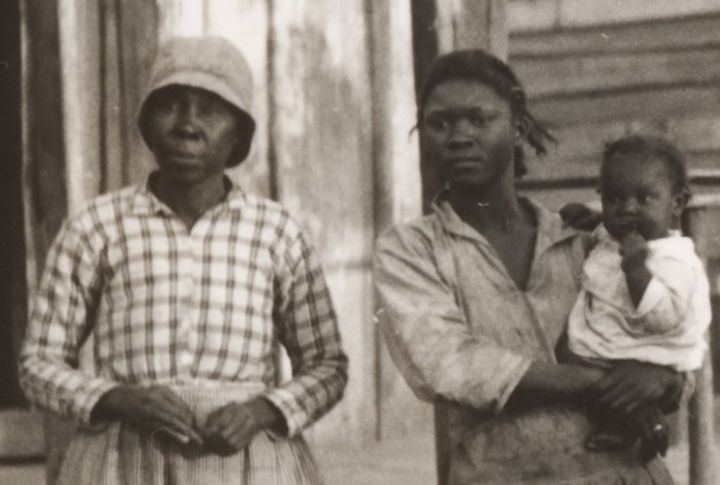
Many Black women were forced to work as domestic servants in white households. Their work, which was important to the economy, went largely unrecognized, and they were systematically underpaid compared to their white counterparts in similar roles.
Cultural Marginalization
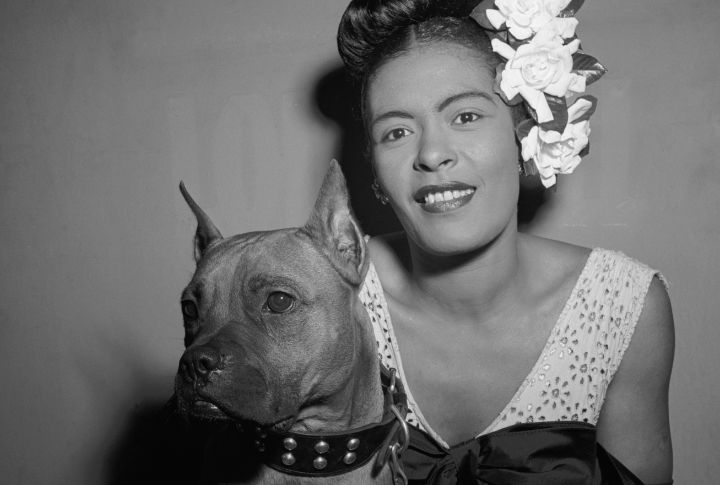
Black women’s contributions to culture were largely ignored by mainstream society in the ’50s. Take jazz music, for instance. While Black men like Louis Armstrong were celebrated, women like Billie Holiday faced constant discrimination, even in the entertainment industry.
Violence And Intimidation
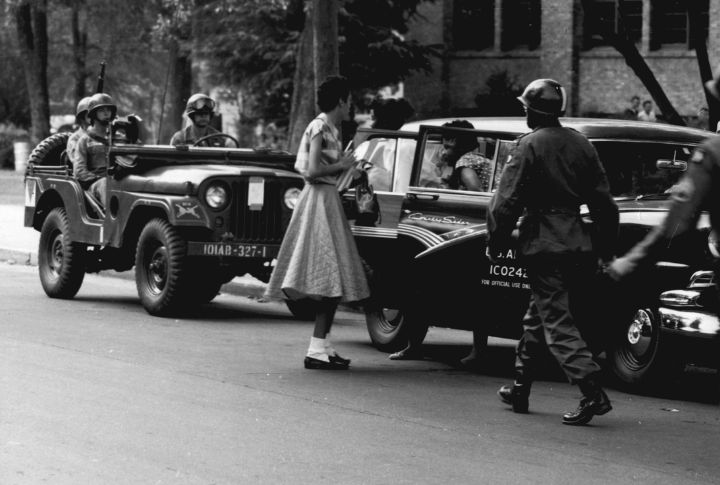
Black women in the ’50s were vulnerable to racial violence at the hands of white supremacists. Lynching and other types of violence were common, particularly in the South. These violent acts were rarely prosecuted, sending a message that Black lives were expendable and unprotected.
Lack Of Political Representation
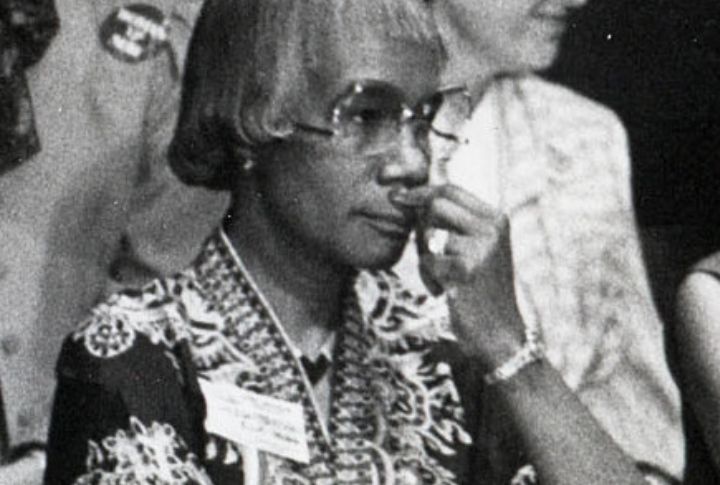
In the 1950s, Black women had limited representation in politics. The Civil Rights Movement was led by men, and women were pushed into secondary roles. Their voices and concerns were marginalized, even though they played a major role in advocating for racial and gender equality during this time.
Media Underrepresentation
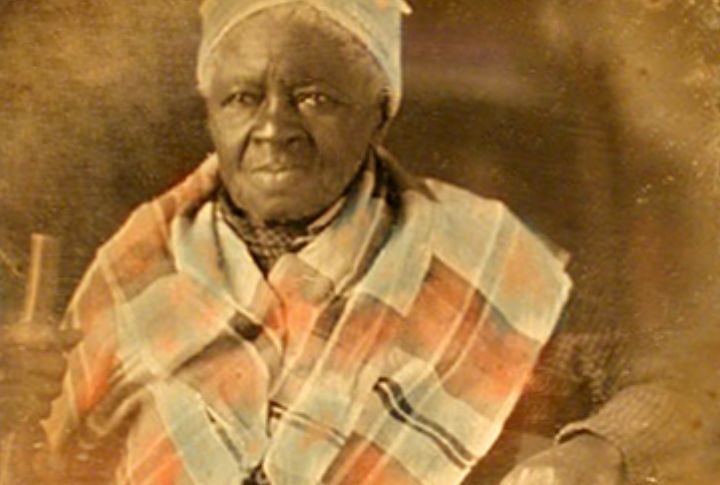
The media largely ignored or misrepresented Black women during the 1950s. When they did appear, they were in stereotypical roles. This lack of positive representation in film, television, and advertising meant that Black women had few examples of themselves in the mainstream media.
Unjust Labor Practices
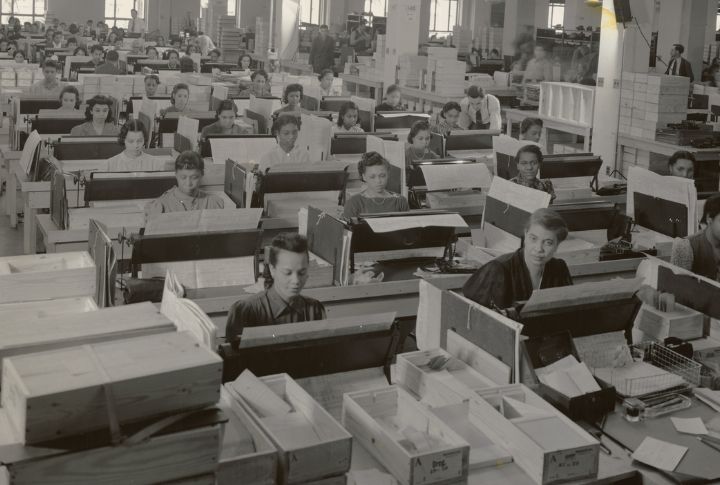
Black women were subjected to some of the harshest labor conditions during the 1950s. In industries like textile manufacturing and domestic work, they worked longer hours and were denied union protections. These labor disparities maintained the cycle of economic inequity.
Educational Tracking
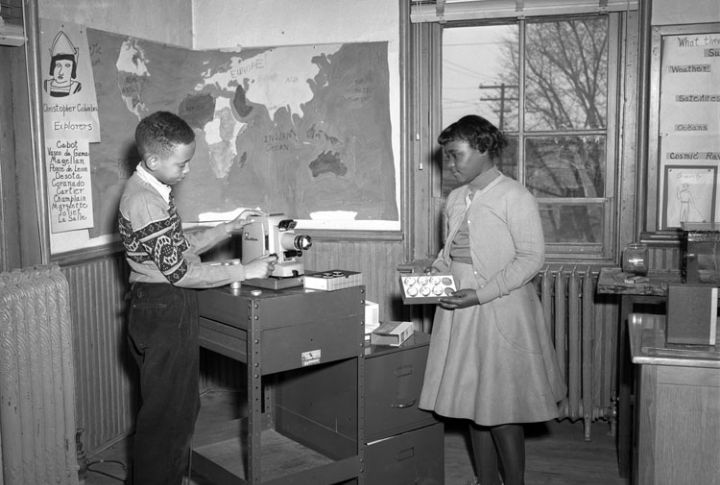
Within schools, Black women were often placed in lower academic tracks, regardless of their abilities or aspirations. The educational system believed they were incapable of higher academic achievement, limiting their future opportunities.
Isolation From Social Networks
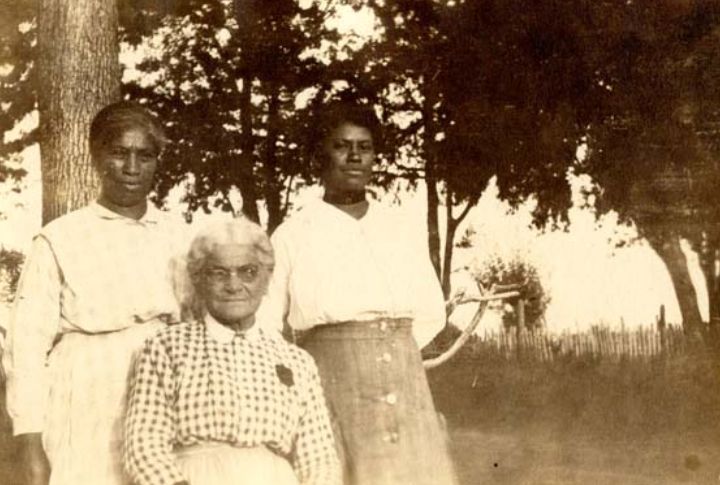
Black women were excluded from the influential social and professional networks that helped propel careers. Networking opportunities that could provide access to career advancements were typically unavailable, which left them socially isolated.
Barriers To Entrepreneurship
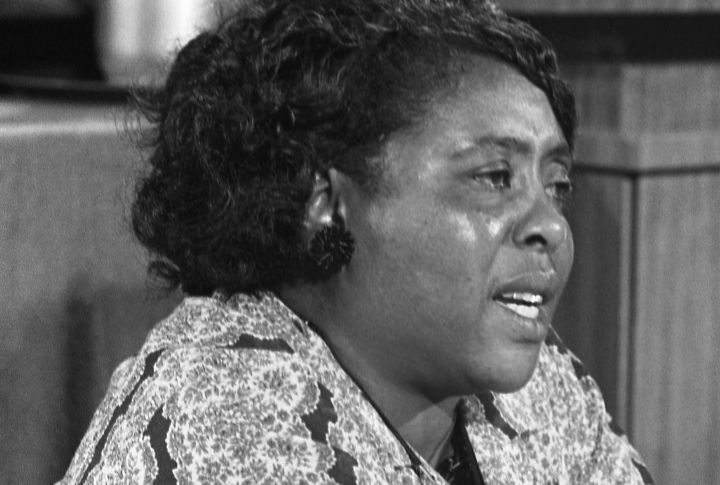
Starting a business was a difficult endeavor for Black women in the 1950s. Discriminatory banking practices and the lack of credit history in Black communities made it nearly impossible for women to secure loans. Those who tried to start businesses were forced to rely on personal funds or community resources.
Gender Discrimination Within Civil Rights Movements
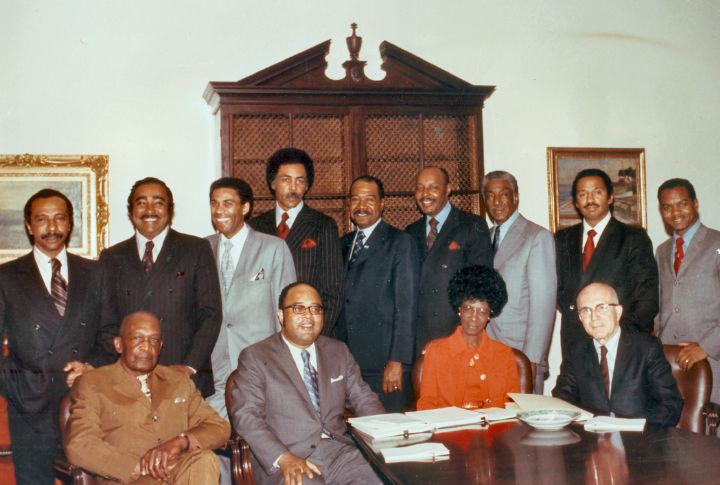
While Black women were at the forefront of the Civil Rights Movement, their efforts were overshadowed by their male counterparts. The leadership roles were largely filled by men, and the movement’s focus on racial justice neglected the specific struggles of Black women in society.
Cultural Assimilation Pressures

Cultural pressures to conform to white norms were high in the ’50s. Black women, in particular, were expected to downplay their heritage and adopt mainstream aesthetics in fashion and behavior. This constant push for assimilation further complicated Black women’s connection to their cultural roots.
Discrimination In The Arts
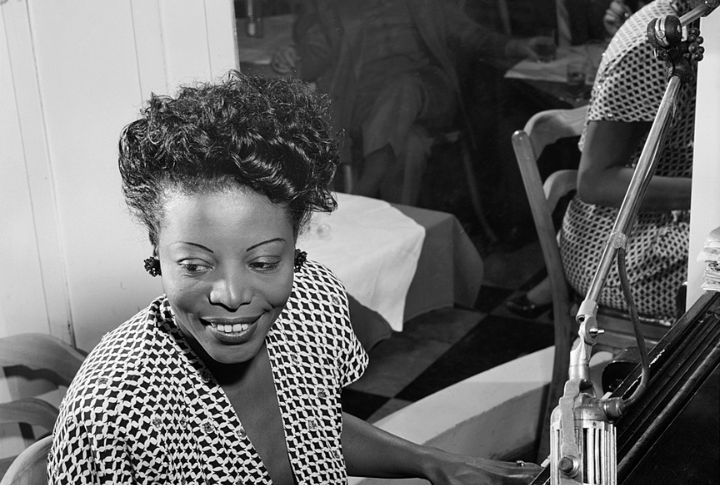
Despite the rich cultural contributions of Black women in music, literature, and art, they were excluded from major institutions or relegated to the margins. Their work was dismissed or undervalued in favor of white creators, stifling their opportunities and limiting their influence in cultural spheres.

